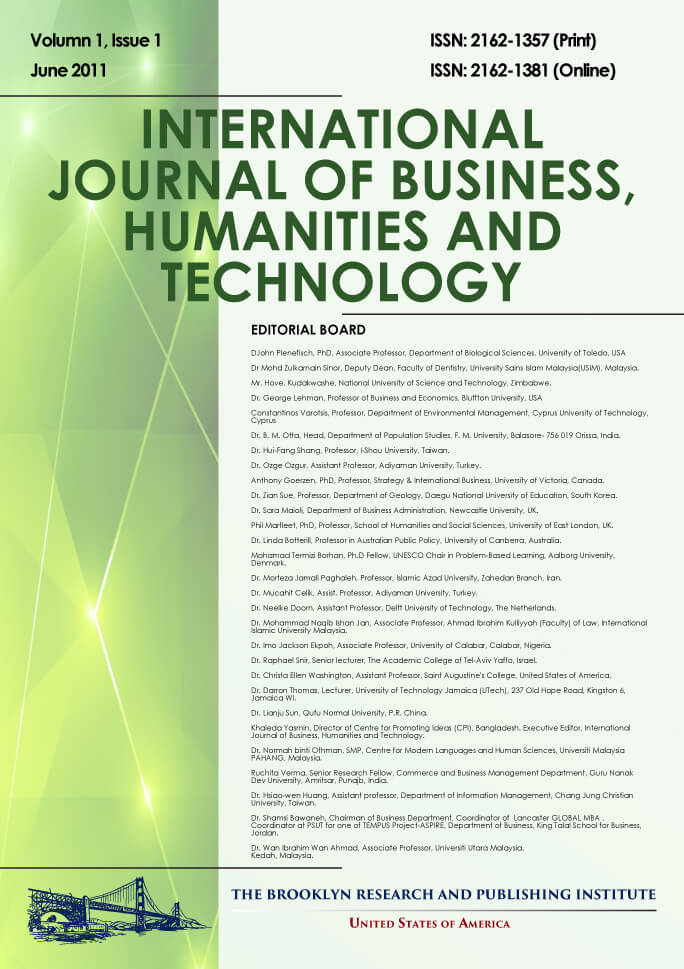Relationship between Serum Iron Indices and Hepatic Iron Quantitation in Patients with Fatty Liver Disease
Dr. Mariana Penkova, M. Gulubova, L. Mateva, J. Ananiev, R. Ivanova
Abstract
Fatty liver disease can range from fatty liver alone (steatosis) to fatty liver associated with inflammation (steatohepatitis).
Purpose: The study was undertaken to determine the relationships between the histological finding and biochemical measures of hepatic injury with hepatic iron content in patients with chronic liver diseases and steatosis.
Methods: The study of 115 patients with chronic liver diseases and 60 controls, which were examined for frequency and correlation between elevated liver enzymes, ultrasound diagnosed steatosis, liver biopsy, features of metabolic syndrome and indices of iron metabolism. Steatosis was graded by ultrasound as absent or present. Histology was available in 93 patients.
Results: Statistical relationships were found between the histological grading of iron and hepatic iron concentration, whereas histology activity index was related to hepatic grading of iron, but not to hepatic iron concentration. The value of serum iron, serum ferritin and transferrin saturation were significantly higher in patients with chronic liver diseases compared with controls.
Conclusion: Serum measures of iron, total iron-binding capacity and ferritin can be used to monitor hepatic iron content more economically and simply than with hepatic iron concentration measurement on liver biopsy.
Full Text: PDF


